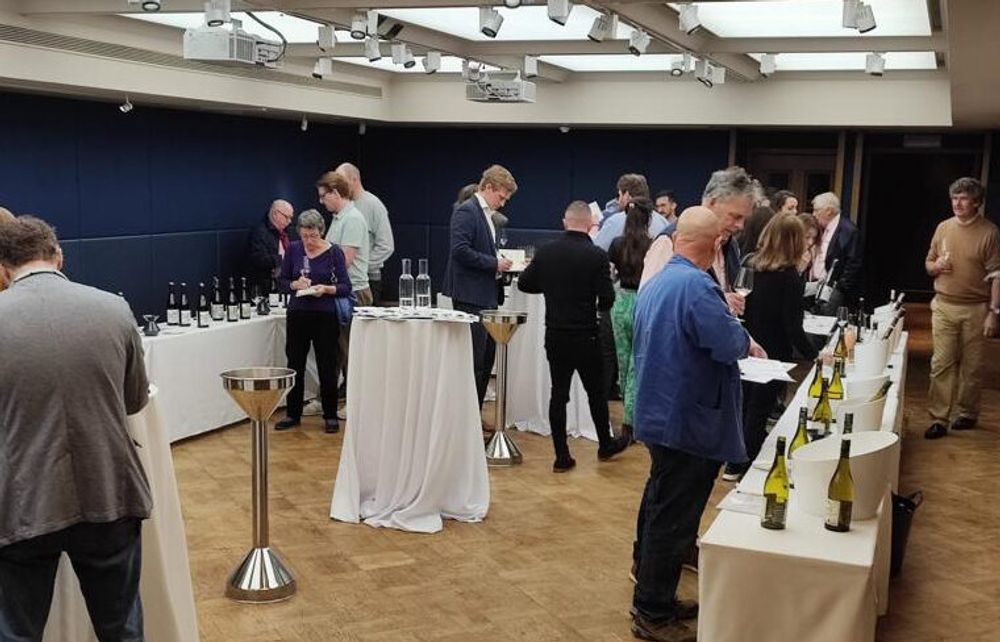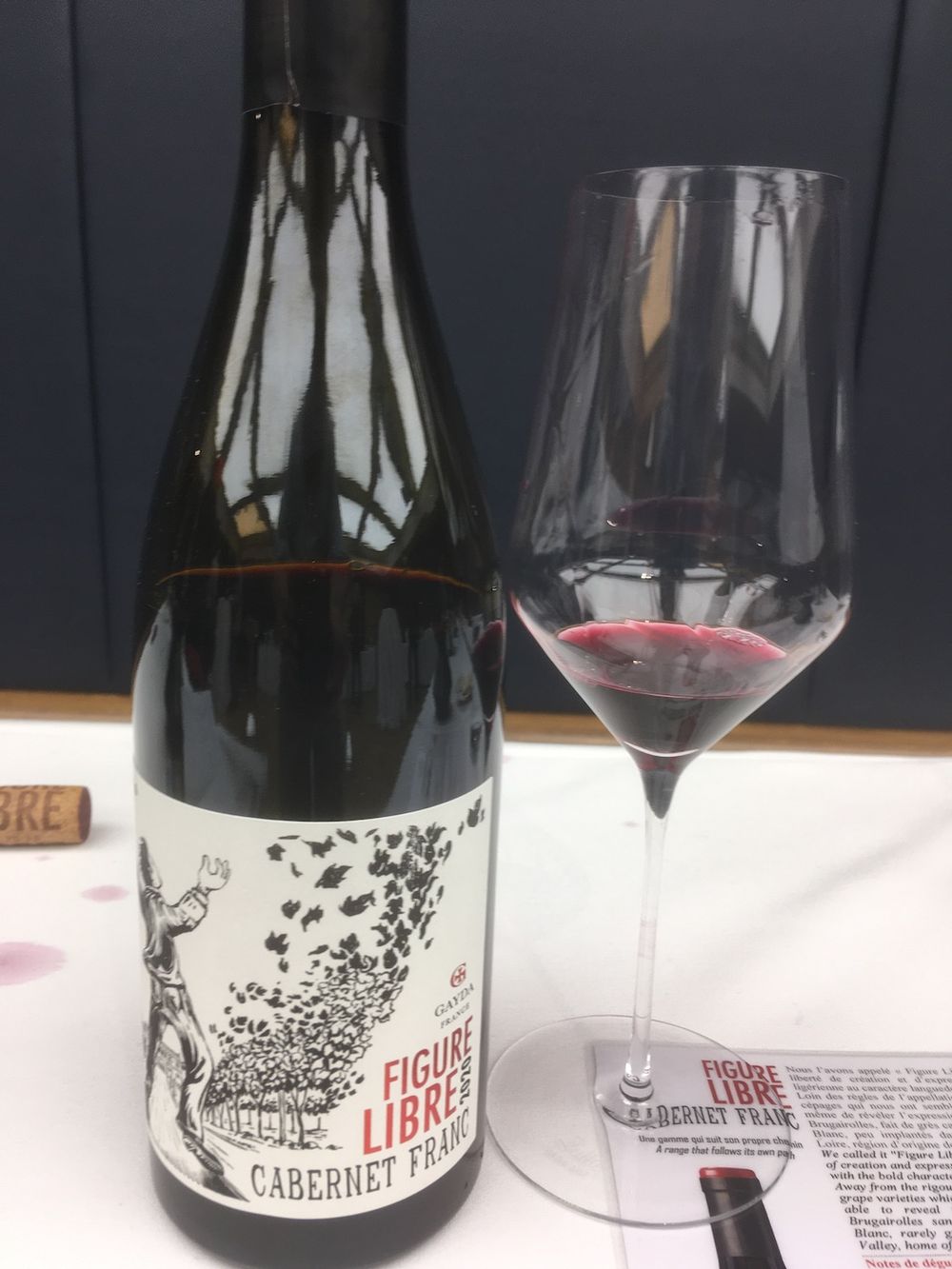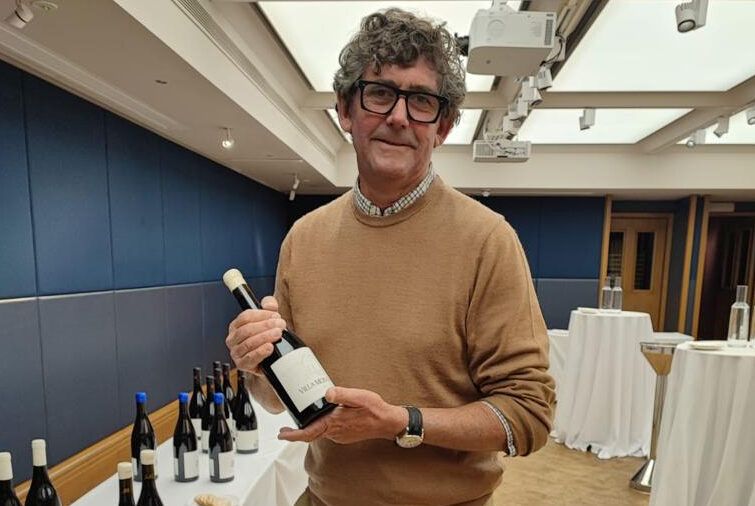“So good steady growth, achieved without sacrificing quality or the great character and individuality of the range. Sounds like a plan to me,” writes Keay.
Mention Languedoc to any experienced wine drinker and they will talk value for money, uncomplicated fruit-forward styles and size: even without Roussillon, from which it was formally separated six years ago, this is probably the world’s largest wine producing region, with 30,000 growers, 300 cooperatives and 23 appellations making very different types of wines, alongside the IGPs.
A lot of the most exciting wines are IGP Pays d’Oc, which is getting a deserved reputation for, amongst other things, quality pink wines, increasingly made from single varieties (including Carignan, Grenache and Petit Verdot). These are individualistic, often small producer wines and well priced to give Provence a run for its money.
But amidst all this, it’s reassuring to come across a good benchmark IGP producer to help give some definition to this vast region. And whilst Domaine Gayda is obviously a much smaller operation than say, Gerard Bertrand or Paul Mas, exciting things are happening here as I found when I caught up with them in London.

Established in 2003 some 25 kilometers south-west of Carcassone on a site which previously grew sunflowers, Domaine Gayda’s intention always was to do things a little differently. They make a variety of wines at different price points, reflecting four distinct terroirs. Brugairolles, where the winery was built, and where winemaker Vincent Chansault opted unusually to plant, amongst other varieties, Cabernet Franc and Chenin Blanc (Chansault is originally from the Loire and admits he couldn’t leave these beloved varieties behind), also the fruit for Gayda’s flagship red, Chemin du Moscou, named after the road which leads to the winery.
Managing director Tim Ford admits the wine’s name is currently causing a few ruffles in the UK and other markets, given the tragic events unfolding in Ukraine, but hopes things will settle down.
“Particularly in France, where many of the top restaurants have listed it since our first vintage back in 2007, this wine is extremely well known. It has a reputation that somehow goes beyond its name,” he says, (in the UK, Majestic sells Chemin du Moscou for £24.99).
In La Livinière Gayda makes La Minuette, a Provence-style rose and their only appellation wine, the delicious AOP Minervois Syrah-based Villa Mon Reve; and to the south, Latour de France and Col de la Dona, actually in Roussillon, where Syrah and Grenache have been planted.
So how were the wines?
I tasted through the range, including some back vintages of Chemin de Moscou and Villa Mon Reve, the single varietal Collection range, the Mediterranean-variety (mainly Grenache-based) Flying Solo; and the more eclectic En Passant and Figure Libre /Figure Libre Freestyle range. I pretty much enjoyed them all, frankly. But here are my top 10, in no particular order.
En Passant White 2021
Ford says Gayda has been playing around with the varieties for this blend for several years. I can’t say I’ve tasted earlier vintages but they’ve hit the nail on the head with this moreish, juicy almost tropical blend of 70% Muscat and 30% Macabeu. “Joyful” was how I described this in my notes. I think that’s all that needs to be said, really.
La Minuette Rosé 2021
Gayda makes two distinct pink wines, the rather earthy Flying Solo, an equal blend of Grenache and Cinsault, and this, a fresh Provence-style pink, with Mourvedre as the base. Chansault says his primary aim in wine making is to achieve freshness, and he does that here: raspberry and floral, this is actually quite a substantial wine. Good for foodies.

Figure Libre Chenin Blanc 2020 and Figure Libre Cabernet Franc 2020
The idea behind this range is that these are “wines which follow their own path,” and these two wines certainly do that: It was actually quite amusing watching fellow tasters try these, and not only to see them wonder what Loire varieties were doing at a Languedoc/Pays D’Oc tasting. I really like the Chenin, apparently made with some botyrised fruit in the mix: it also showed wonderful honeyed apricot flavours and had great integrity, possibly reflecting its part-fermentation in concrete eggs. The Cabernet Franc was also great, medium to heavy weight, quite fruit forward with dark berry and black cherry fruit showing on the palate. Moreish. Both organic.
Flying Solo white 2021
This is a relatively simple but successful blend of Grenache Blanc and Viognier, fresh and fruity, showing linden, apricot and herbs. Quite pretty.
Gayda Collection Viognier 2021
This was my favourite of the Collection wines – which also include a Chardonnay, a Grenache and a Syrah. Made in a fresh rather than rounded style and showing lots of apricot and peach on a dry, firm palate. Good firm structure and balanced acidity.
Chemin de Moscou 2019
Given the hailstorms that hit Brugairolles last year, one wonders what the 2021 vintage of this will be like. In the meantime, though, of the Moscou back vintages on show, this was the most appealing: a firm, solid Languedoc blend of Syrah (64%) Grenache (29%) and Cinsault (7%), quite meaty, dark berry fruit-dominant, balanced oak (21 months). This is a solid, well made wine and good value. It’s easy to see how this has become and remained Gayda’s flagship. Organic.
Villa Mon Reve 2014
Gayda’s only non IGP wine from its vineyards in La Livinière in Minervois has established a reputation for excellence over the years and, of the back vintages shown, this was my favourite: lots of blackcurrant and cedar, suggestions of tobacco and some chocolate, in a Syrah-dominant blend (90% with 10% Grenache). Very full, with a long life ahead of it. Organic.

Altre Cami white 2018 and Altre Cami red 2020
This tasting was apparently the first time the new Altre Cami wines have been shown in the UK, and they were amongst my favourite of the tasting. Altre Cami means ‘another way’ in Catalan and Chansault has done just that with these single vineyard wines, the red 100% Grenache Noir, the white Grenache Gris, both grown in sandy soils and aged in concrete eggs/concrete tanks (for the Noir).
I found these wines had a pleasant, lifted quality with the Gris very saline (reflecting the proximity of the sea). The Noir had a similar salinity but also showed great red and dark berry fruit with spice and white pepper supported by soft tannins. Really quite accomplished, particularly for a first vintage. Very small volume (just 4000 bottles of Gris and 8000 Noir). Organic.
In conclusion…
So what does the future hold for Domaine Gayda? Ford says total volume is currently around 1.2 million bottles and rising.
“We’re increasing production by around 10% a year and the aim is to reach around two million bottles, hopefully by the end of the decade.”
So good steady growth, achieved without sacrificing quality or the great character and individuality of the range. Sounds like a plan to me.
Domaine Gayda is a supplier partner of The Buyer. To discover more about them click here.
































